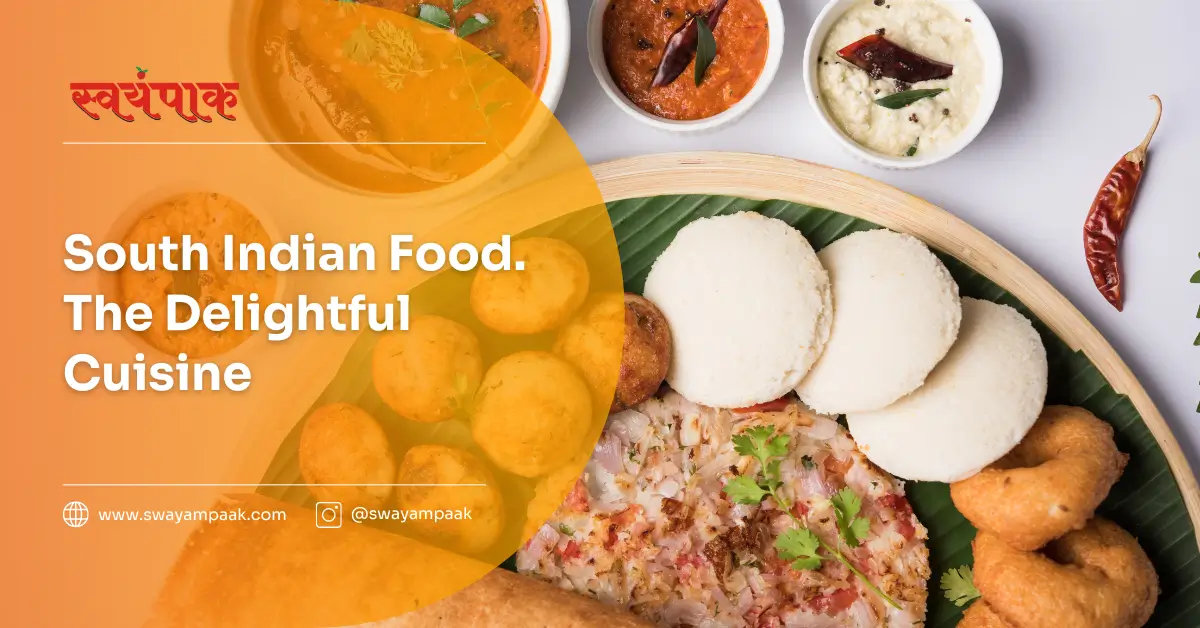South India boasts a vibrant tapestry of flavours unlike any other. From the tangy notes of tamarind to the comforting warmth of coconut milk, each region offers a unique symphony of spices and ingredients. If you are a food enthusiast, You must be captivated by the rich history and diverse culinary traditions that define South Indian cuisine.
In this article ‘South Indian Food: A Culinary Aventure Awaits’, we’ll embark on a delicious journey through South India. We’ll explore the cornerstones of this incredible cuisine, delve into the regional specialities that tantalize taste buds, and discover the hidden gems that go beyond the usual suspects. So, get ready to whet your appetite and embark on a culinary adventure to South India!
History of South Indian Food
South India’s culinary journey stretches back over 4,000 years, with roots in the Dravidian civilizations. Early meals were simple affairs featuring rice, vegetables, and pickles. The Sangam Era, spanning thousands of years, saw the rise of steamed rice, buttermilk, and fried vegetables, documented in ancient Tamil texts.
Over time, South Indian cuisine blossomed with the influence of various kingdoms and trade routes. Turmeric, Malabar pepper, and cardamom became staples. The Mughals introduced Persian flavours, while maritime trade with Europe brought tomatoes and chillies.
Each region developed its own specialities. Kerala embraced coconut milk and seafood, while Tamil Nadu became known for its vegetarian delights like idli and dosa. Andhra Pradesh brought the heat with chillies, and Karnataka offered the sweet indulgence of payasam.
South Indian Food: A Culinary Adventure Awaits!
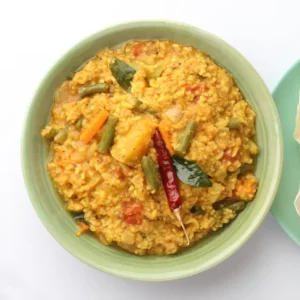
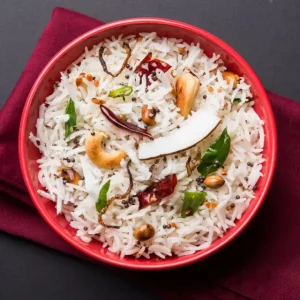
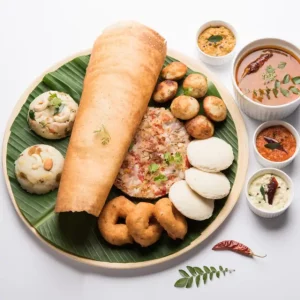
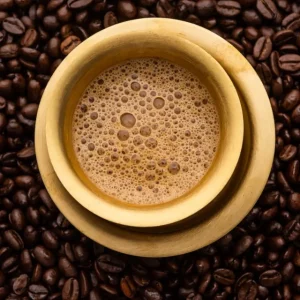

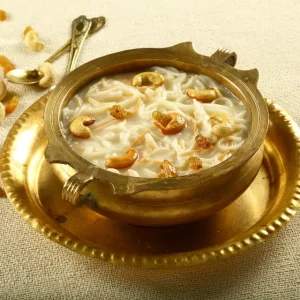
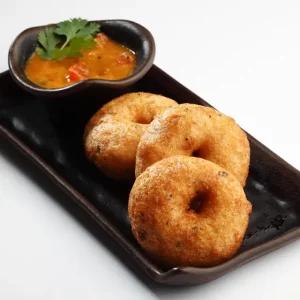

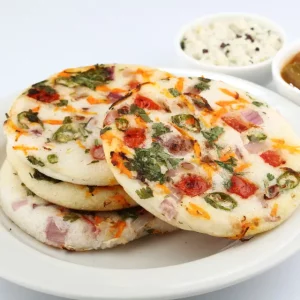
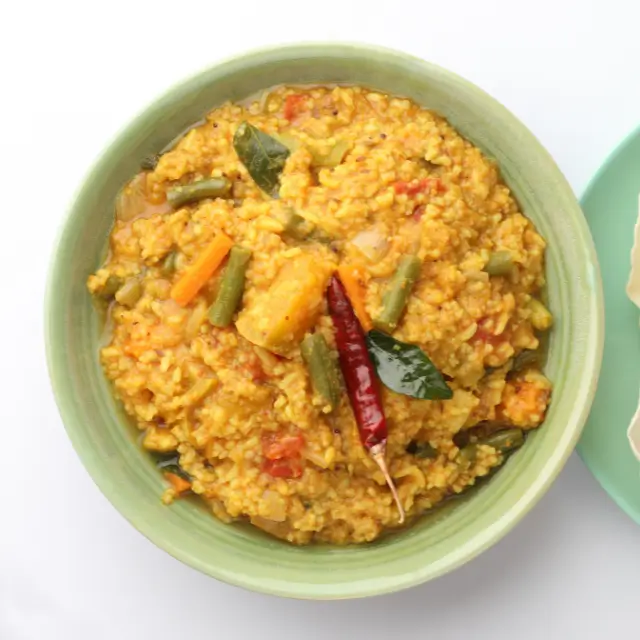
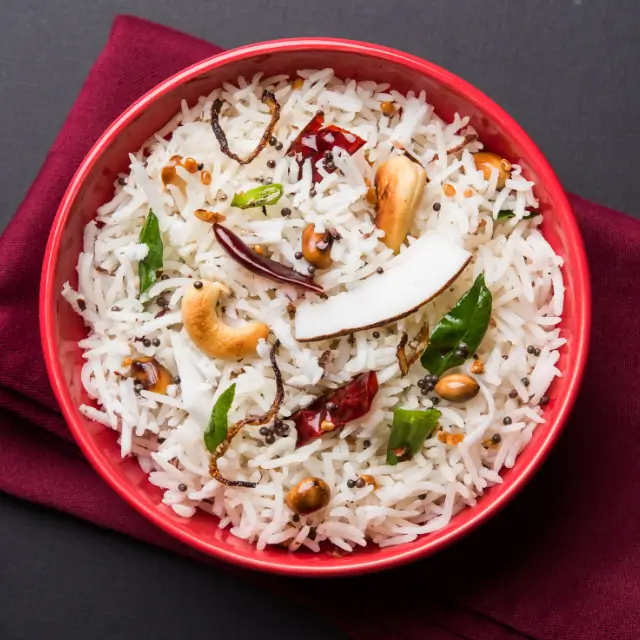
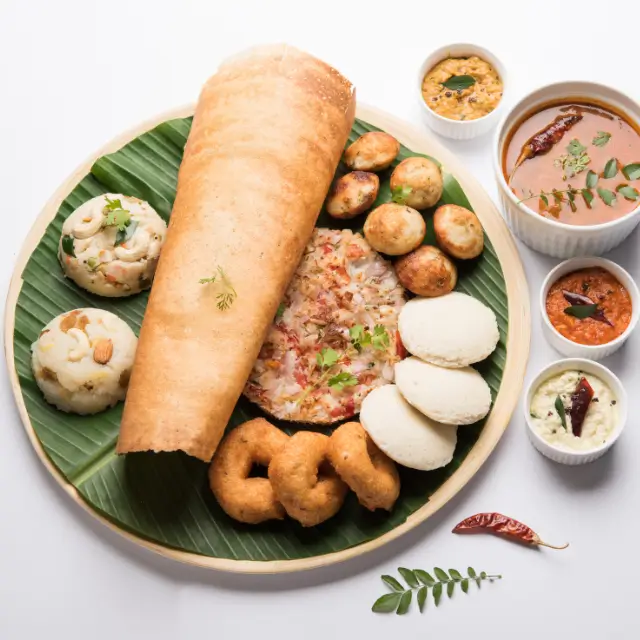
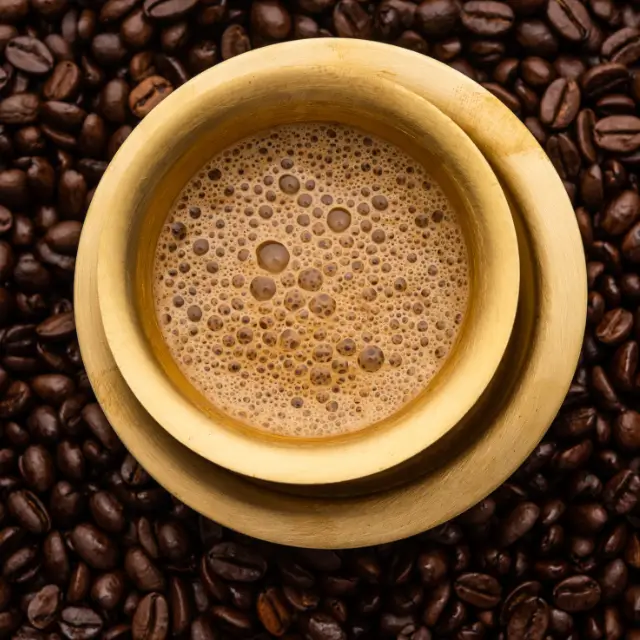
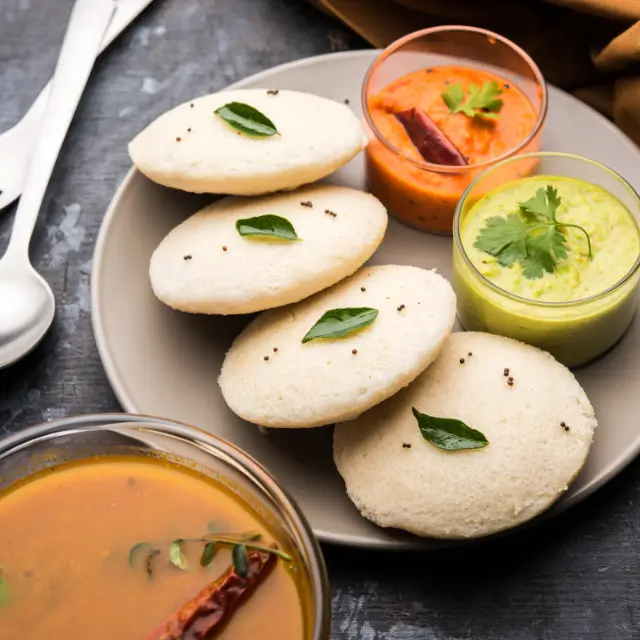
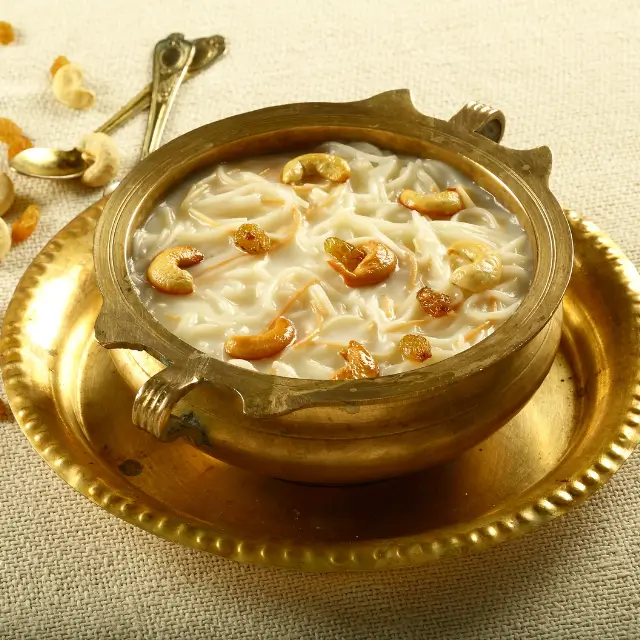
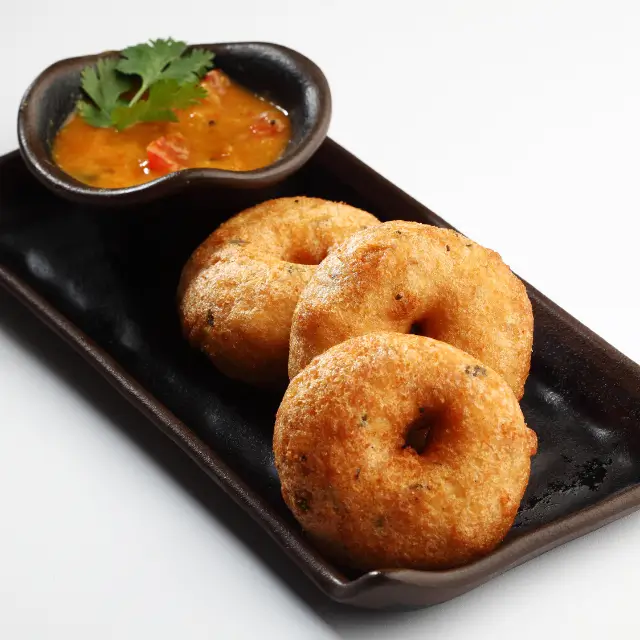
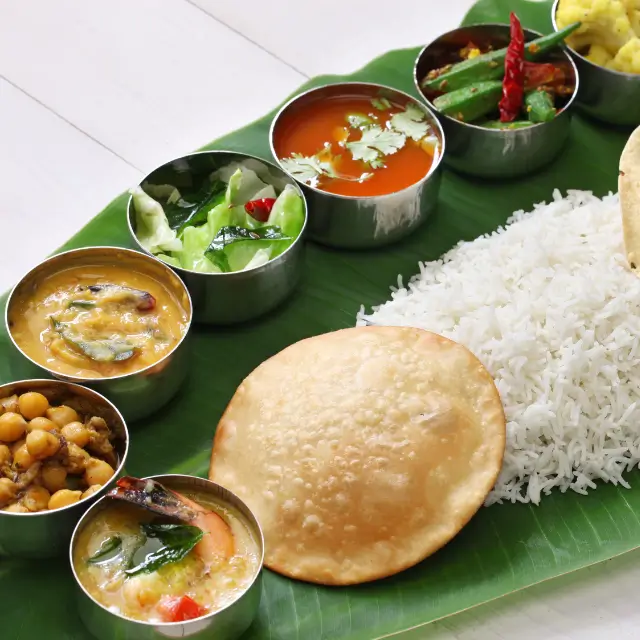
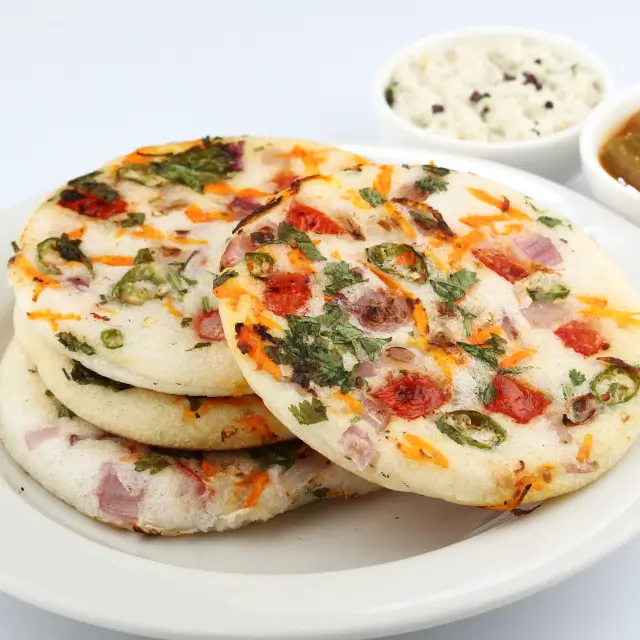
The Pillars of South Indian Cuisine: Rice, Dals, and Spices
South Indian cuisine revolves around a holy trinity: rice, dals (lentils), and spices. Rice reigns supreme, serving as the foundation for most meals. Popular varieties include:
Basmati
While not exclusive to South India, Basmati rice finds a place on special occasions in South Indian cuisine. Its long, slender grains and captivating aroma elevate any dish it graces.
Unlike some South Indian staples like Sona Masuri or Ponni, Basmati boasts a distinct fragrance, often described as nutty or floral. This unique characteristic adds a touch of sophistication to a celebratory meal.
South Indian cuisine is known for its bold and vibrant flavours. Basmati rice acts as a perfect foil, offering a subtle sweetness and a light, fluffy texture that complements the richness of curries and stews.
However, its price point compared to other South Indian rice varieties makes it a more occasional indulgence. So, during festivals, weddings, or family gatherings, you might find a steaming pot of Basmati alongside the usual suspects, adding a touch of luxury to the South Indian feast.
Sona Masuri
Sona Masuri rice, a pearl among South Indian staples, is a medium-grain white rice prized for its fluffy texture and exceptional ability to absorb flavours. Unlike the long, slender grains of Basmati, Sona Masuri boasts a plump and slightly sticky texture when cooked.
This characteristic makes it the perfect canvas for soaking up the rich and complex flavours of South Indian curries. Each fluffy morsel becomes infused with the essence of aromatic spices, tangy tamarind, and creamy coconut milk, delivering an explosion of taste in every bite.
Sona Masuri’s neutral flavour profile allows the fiery chillies, fragrant curry leaves, and earthy turmeric to shine through. It doesn’t compete with the symphony of spices but rather complements them, creating a harmonious and satisfying dining experience.
Furthermore, Sona Masuri’s affordability makes it a staple in South Indian households, perfect for everyday meals and celebratory feasts alike. So, next time you delve into a bowl of South Indian curry, appreciate the fluffy Sona Masuri rice that faithfully carries the vibrant flavours to your palate.
Ponni
Ponni rice, a short-grain champion in South Indian cuisine, stands out for its unique sticky texture. Unlike the fluffy Sona Masuri or the long-grained Basmati, Ponni boasts a characteristic “cling” that makes it ideal for specific dishes, particularly the beloved dosa.
These short, round grains cook up soft and slightly sticky, creating a naturally adhesive base for the fermented crepe. When spread thinly on a horrible, the ponni rice batter holds its shape perfectly, forming the crispy and airy foundation of a perfect dosa.
This inherent stickiness isn’t just about practicality. It contributes to the unique texture and taste of dosa. The slight gumminess provides a satisfying chew that complements the crisp exterior.
Moreover, the sticky nature allows the dosa to hold its fillings, whether it’s a savoury potato masala or a sweet lentil mixture. Ponni rice isn’t just an ingredient; it’s the glue that binds the dosa experience, transforming a simple batter into a culinary masterpiece enjoyed throughout South India.
Dals in South Indian Food
Sambar
Sambar, the quintessential South Indian lentil stew, is a warm hug in a bowl. Packed with protein and brimming with flavour, it’s a staple dish enjoyed across the region. The base is typically made with lentils (usually tur dal or toor dal) simmered until soft and creamy.
The magic unfolds with the addition of sambar powder, a unique blend of spices that forms the soul of this dish. This aromatic blend, often featuring coriander seeds, cumin, fenugreek, turmeric, and chillies, infuses the sambar with a complex flavour profile.
Vegetables like drumsticks, okra, tomatoes, and onions add texture and heartiness. A touch of tamarind adds a delightful tangy note, perfectly balancing the richness of the lentils and the warmth of the spices. Sambar is a versatile dish, enjoyed with rice, poured over idli or dosa, or even savoured on its own with a dollop of ghee for an extra comforting touch.
Rasam
Rasam, the fiery cousin of sambar, is a thin lentil soup that awakens your taste buds with its bold and peppery punch. Unlike sambar’s creamy texture, rasam boasts a light and slightly watery consistency.
Lentils, typically a combination of toor dal and urad dal (black gram), form the base of this invigorating dish. The key ingredient that sets rasam apart is the generous use of peppercorns, black pepper, and sometimes even chillies, resulting in a fiery and stimulating experience.
The tang of tamarind plays a crucial role in rasam as well, balancing the heat and adding a touch of complexity. Tomatoes, sometimes chopped or pureed, contribute to the tangy and slightly sweet flavour profile.
For an extra layer of depth, some regional variations of rasam incorporate jaggery or even a hint of coconut milk. Rasam is best enjoyed piping hot with rice, adding a burst of flavour and a refreshing break from richer dishes.
The magic truly unfolds with the skillful use of spices. Sambar powder, the heart and soul of many South Indian dishes, is a complex blend typically featuring coriander seeds, cumin, fenugreek, turmeric, and chillies. Each region boasts its own variation, offering a spectrum of flavours.
Other prominent spices include:
- Curry Leaves: These fragrant leaves add a unique earthy aroma and are often tempered in hot oil to release their essence.
- Mustard Seeds: Tiny black seeds that splutter when fried, adding a pungent and nutty flavour.
- Coconut: Freshly grated coconut or coconut milk lends a creamy texture and a touch of sweetness to many dishes.
A Culinary Tour of South India: Regional Gems
South India’s diverse landscape translates into a vibrant tapestry of flavours across its regions. Let’s embark on a delicious journey:
- Kerala: Coconut reigns supreme here. Freshly grated coconut or creamy coconut milk finds its way into curries, stews, and even pancakes! Seafood lovers rejoice, for Kerala boasts delectable Meen Curry (fish curry) with fragrant spices. Appam, a fluffy fermented pancake, is a perfect canvas for these flavourful curries.
- Tamil Nadu: Vegetarian delights take centre stage in Tamil Nadu. Idli, fluffy steamed rice cakes, and Dosa, crispy fermented crepes, are breakfast staples enjoyed with sambar and chutneys. Sambar, a lentil stew, is a must-try, offering a comforting blend of vegetables, tamarind, and fragrant spices.
- Karnataka: This region elevates the humble dosa to new heights. Masala Dosa, a crispy crepe stuffed with a spiced potato filling, is a popular and satisfying dish. For a sweet ending, Karnataka offers Payasam, a creamy rice pudding flavoured with jaggery, nuts, and sometimes even fruits.
- Andhra Pradesh: Get ready for a fiery adventure! Andhra Pradesh is known for its love of chillies, resulting in a spicier flavour profile. Hyderabadi Biryani, a flavourful rice dish layered with meat or vegetables, is a culinary crown jewel. Don’t forget the accompaniments like raita (yoghurt-based condiment) to tame the heat!
This is just a glimpse into the regional specialities of South India. Each state offers its own unique dishes and culinary traditions, waiting to be explored and savoured.
Sweet Endings and Refreshing Sips in South Indian Cuisine
South India’s culinary journey doesn’t end with the savoury delights. A world of sweet treats and refreshing beverages awaits to complete your dining experience.
- Desserts: No South Indian meal is complete without a touch of sweetness.
Here are some top native South Indian desserts, each with a distinct taste and texture:
- Payasam: This creamy rice pudding is a true crowd-pleaser. Made with short-grain rice like broken rice or parboiled rice, simmered in milk with jaggery (unrefined cane sugar) for sweetness, payasam offers a comforting and warm finish to a meal. Variations abound across regions, with some incorporating nuts, cardamom, ghee, or even seasonal fruits like mangoes or bananas.
- Mysore Pak: For those who crave a decadent indulgence, Mysore Pak takes the cake (or rather, replaces it!). This rich and dense fudge-like dessert hails from Karnataka. Gram flour (chickpea flour) is cooked in clarified butter (ghee) and sugar syrup until it reaches a dense consistency. The result is a melt-in-your-mouth sweet with a luxurious texture and a subtle nutty flavour from the gram flour.
- Jalebi: Offering a delightful contrast of textures and flavours, Jalebi is a popular South Indian sweet. Made from a fermented batter of urad dal (black gram) flour, jalebi is deep-fried into intricate pretzel shapes and then soaked in fragrant sugar syrup. The exterior boasts a crisp and slightly chewy texture, while the insides remain soft and syrupy. The sweetness is beautifully balanced by a hint of tang from the fermentation process.
- Beverages: South India offers a variety of refreshing drinks to complement the often spicy meals.
Here are some top native South Indian beverages you’ll find in South Indian cuisine:
- Filter Coffee: This iconic beverage is a strong coffee brewed using a traditional metal filter apparatus. The resulting coffee is typically served hot in small cups with frothed milk on the side, creating a delightful contrast in texture and temperature. Filter coffee is a beloved ritual in South India, enjoyed throughout the day for its bold flavour and energizing effect.
- Lassi: A refreshing and tangy yoghurt-based drink, lassi comes in various flavours depending on the region. In South India, it’s often flavoured with spices like cardamom or cumin, or with fresh fruits like mango or pineapple. Lassi is a perfect counterpoint to the often spicy South Indian meals, providing a cool and calming effect on the palate.
- Buttermilk: A simple yet satisfying beverage, buttermilk is made by churning yoghurt. It’s a light and slightly tart drink that aids digestion and provides a refreshing break between courses. Buttermilk is particularly popular in South India, especially during hot and humid weather.
Conclusion
South India beckons with a symphony of flavours, a captivating blend born from its rich history and cultural crossroads. This culinary adventure isn’t just about food; it’s a journey through time and tradition.
The foundation of every South Indian meal is a comforting trinity: rice, dals, and spices. Fragrant Basmati might grace special occasions, while the fluffy Sona Masuri soaks up curries like a flavour sponge. Ponni rice, with its unique stickiness, becomes the perfect canvas for crispy dosas.
Dals, the protein powerhouses, take centre stage in various forms. Sambar, a hearty lentil stew, offers a warm embrace with its creamy texture, tangy tamarind, and aromatic spice blend. Rasam, the fiery cousin, awakens the senses with its peppery kick and thin, invigorating consistency.
But the magic truly unfolds with the explosion of spices. Each region boasts its own specialities. Kerala, with its lush greenery, celebrates the bounty of the sea with coconut-infused curries and fragrant appams.
- Tamil Nadu, a vegetarian haven, offers idli and dosa, savoury crepes enjoyed with a symphony of chutneys and sambar.
- Karnataka elevates the humble dosa with masala variations, while their sweet payasam provides a creamy and comforting finish.
- Andhra Pradesh brings the heat with chillies, and their Hyderabadi Biryani is a crown jewel, a flavourful rice dish layered with meat or vegetables.
The adventure doesn’t end with savoury delights. South India offers a sweet finale with payasam, a creamy rice pudding that warms the soul. Mysore pak, a decadent fudge, and jalebi, a deep-fried pretzel dipped in syrup, tantalize taste buds with contrasting textures. Refreshing beverages like filter coffee, tangy lassi, and cooling buttermilk complete the experience.
Embark on this delicious journey through South India. savour the unique flavours of each region, explore hidden gems, and discover a vibrant tapestry of culinary traditions waiting to be savoured. Your taste buds will thank you for it.

